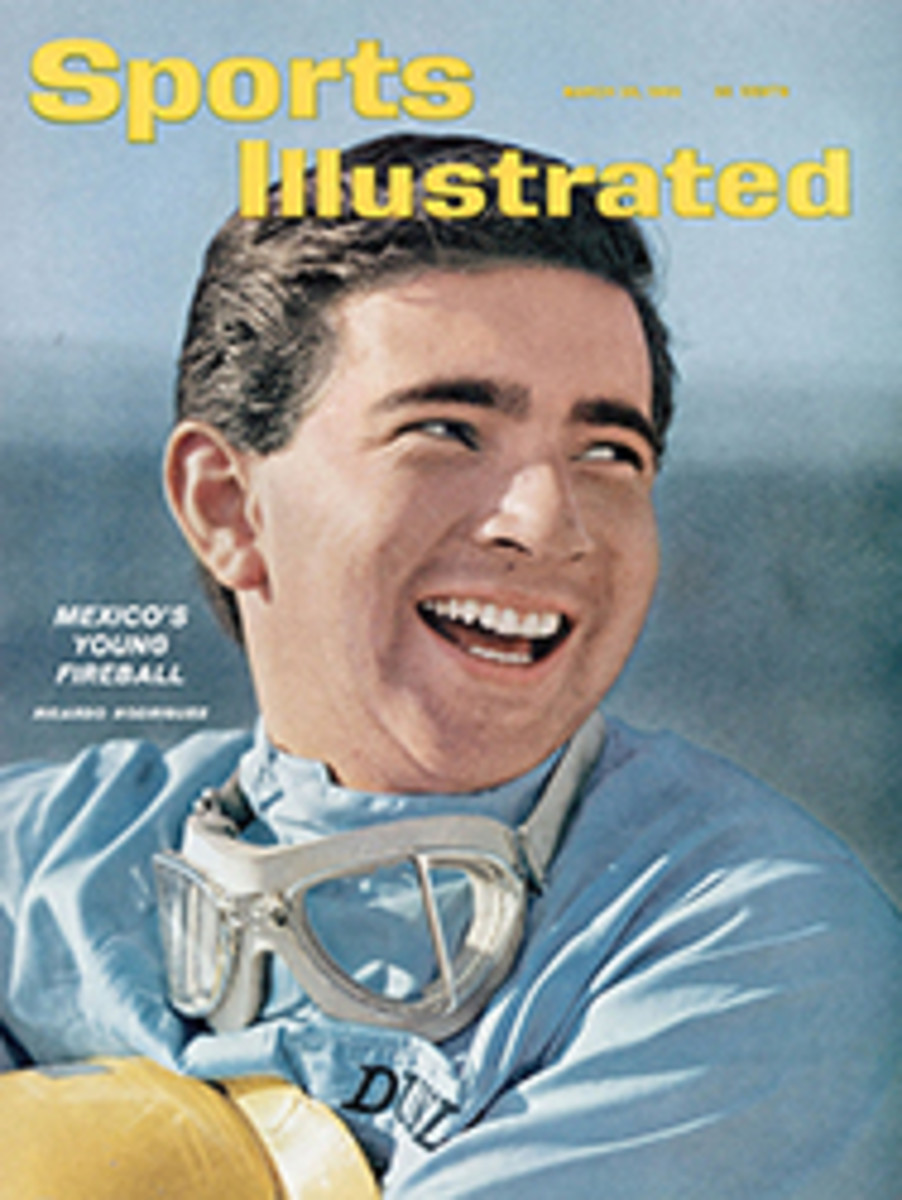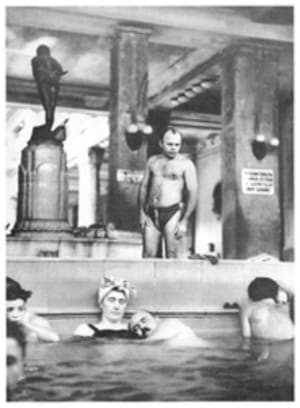
Voices from the wings
Early this month boats from 18 countries, the most thoroughly international small boat flotilla ever seen in the U.S., arrived in St. Petersburg, Fla. for the world championships in the Flying Dutchman class. From Italy came Defending World Champion Mario Capio's sleek green Alpa; from Norway the pale blue hull of Olympic Champion Peder Lunde. The Soviets appeared with a boat, the first they had ever brought to race in America. Australia got there, too, but not until Skipper Roily Tasker and his strapping, tow-headed crewman Andy White had indulged in some heroic backyard naval architecture.
"We were here four days," said Tasker, "and the boat still hadn't arrived. We were getting a bit hot under the collar."
When the boat finally showed up, they got hotter still—her transom had been smashed in shipment. Tasker and White turned to with their tool kit, rebuilt the stern and submitted the boat to the race committee for official measurement.
"Two inches too long," said the measurer. Back went Tasker to the toolbox, sawed an inch off the bow, planed an inch off the stern, and this time the boat skinned through.
Finally came the most deadly earnest of all the competitors, Danish Sailmaker Paul Elvstrom, who had already won four Olympic gold sailing medals and five world championships in various other classes. "I am here," said the hardheaded Elvstrom, "to prove that Elvstrom sails can beat the others in the Flying Dutchman class as they have in all the other classes." Elvstrom then confirmed the reports that he would sail as crew, while a protege (and employee of the Elvstrom sail loft), Hans Fogh, would skipper. Here again Elvstrom was being practical. Should Hans Fogh lose, there would be no loss of Elvstrom pride. But if Elvstrom as skipper should lose then Elvstrom the sailmaker would also be a loser.
Elvstrom need not have worried, even though the regatta was close. While England, Norway and Australia went all out to take a race each in the first three of the series of seven, Elvstrom nursed his young pupil safely into second place each time. In the fourth race the wind blew a gusty 25 mph, and as the boats swept around the course, Elvstrom coached and scolded Fogh: "When you can beat me every time, you can tell me how to sail. Then you can say everything I say to you." As each puff of wind came in, Elvstrom moved his 200-pound frame with weightless agility around the confines of the 19-foot Dutchman, sliding smoothly in and out on the tricky crewman's trapeze, trying to keep the boat up on a plane. His moods changed with the wind. A calm, and his face grew solemn as an Oriental's, his eyes almost closed. His head twisted slowly for glimpses of other boats. Then came another puff. The boat spurted over the finish line the winner of the fourth race; his moonish face became furrowed and he broke into a gap-toothed grin.
Three races later, after a safe seventh, a third and a classic start in the last race that forced the very fast and determined Australian boat into a disastrous tacking duel, Elvstrom and company had wrapped up the regatta.
Afterward, Hans Fogh, the protégé, made no bones about why the Danish boat had won and left no doubt who, in his mind, was the master of the sailing world. "I have never seen a Dutchman as fast as the Australian boat," he said, "but their tactics were poor. The race was our good tactics against their fast boat."
Whose good tactics?
"The boss, Paul," said Fogh. "He very smart in the head."
Well back in the ruck at St. Petersburg, 15th in fact, came the Russian boat. But the Soviets still managed to get in the last word. Aleksei Promislov, head of the Soviet Yachting Federation, announced that by 1964 Russia would begin preparations for an America's Cup challenge. Before then, though, there are two rather serious problems to overcome.
First, nobody in Russia knows how to make modern, synthetic sailcloth. But the Soviets are already at work on that one. In St. Petersburg they grabbed hold of Sol Lamport, a hustling New York textile man who controls America's supply of Dacron and nylon sailcloth. According to Lamport, "They asked me would I go to Russia and see why they can't make decent fabric. I said yes, if I get a real invitation. They said, 'For how much?' and I said I'd do it for nothing. If they challenge I don't want them saying they lost because their sails were no good."
That still left one snag. The cup rules, as set down by the New York Yacht Club, specify a challenge must come from a recognized yacht club. This will be a bit sticky in Russia, where private clubmanship is not encouraged. Nonetheless, George Hinman, past commodore of the New York club, indicated a Russian challenge would be seriously entertained. "That would be a special circumstance," he said, "like some colleges don't have fraternities. But I'm sure the Russians would have a suitable group."
And if Russia won?
"You have a perverted sense of humor," he said. "But I can't think of anything that would bring about the building of more Twelves on our part to get it back."
PHOTO
DANISH SKIPPER FOGH HEARS FROM ELVSTROM AS HE PUTS BOAT ABOUT
PHOTO
FRANK ZAGARINO
HIKING OUT ON STRAPS AND CREW'S TRAPEZE, AUSTRALIANS TASKER (LEFT) AND WHITE SKIM ACROSS TAMPA BAY AT 14 KNOTS

